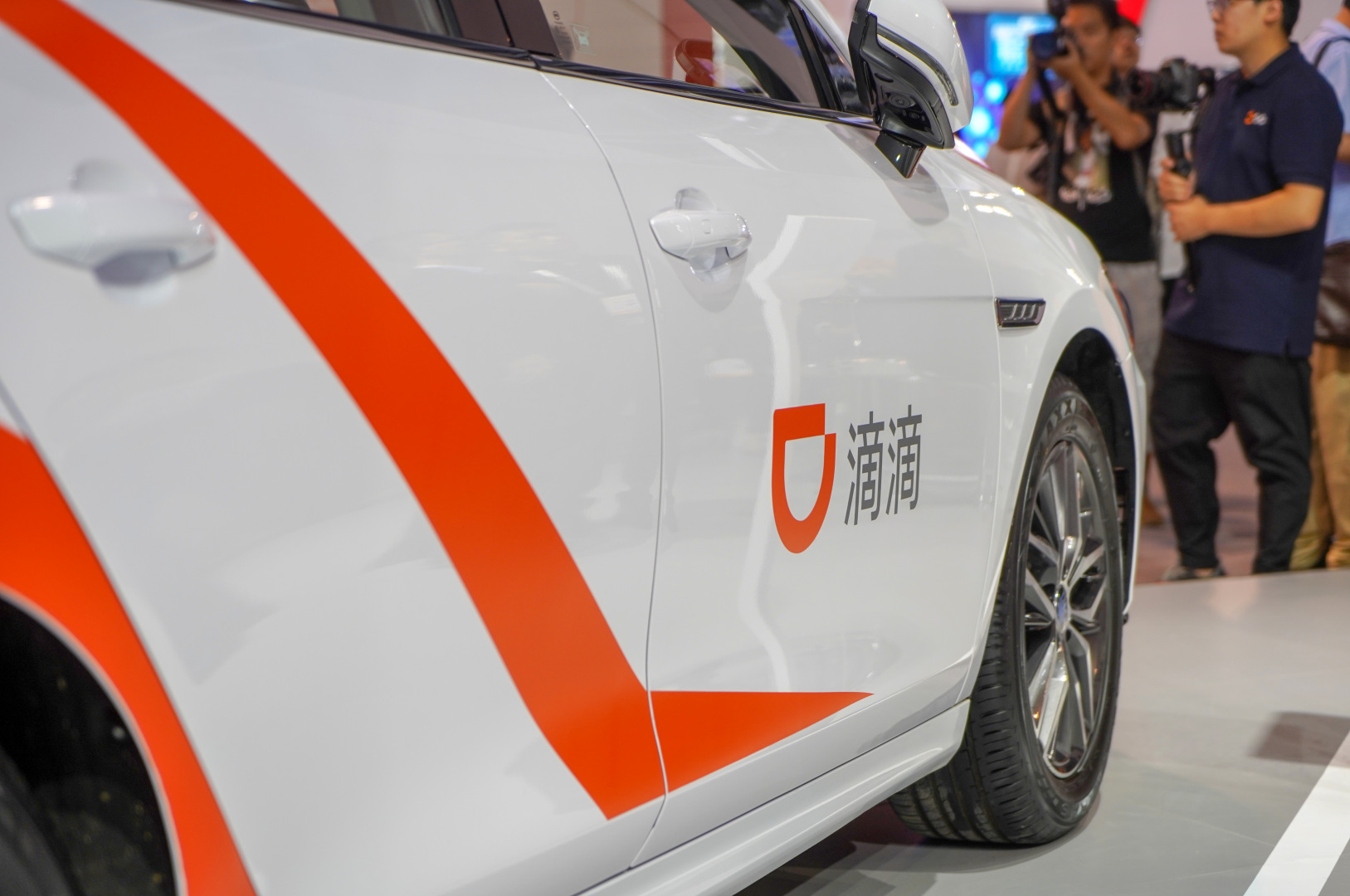Holding a PhD in particle physics from Harvard University would typically be considered an extraordinary qualification, but for William Spearman, Liverpool’s director of research, it was simply par for the course among his colleagues on the club’s research team.
Spearman was recruited by the former director of research, Ian Graham, who left the club in 2023 and who has a PhD in biological physics from the University of Cambridge.
Among others, Spearman is flanked by long-serving colleagues Dafydd Steele (head of data science with a master’s degree in stochastics and financial mathematics) and Tim Waskett (statistical researcher with a PhD in astronomy) who have been at the club since 2013.
When they are not pushing the boundaries themselves, Liverpool’s research team are unafraid to collaborate with some of the sharpest data minds across other industries — recently working with Google DeepMind, using artificial intelligence (AI) to determine strategies for corner kicks.

As The Athletic reported earlier this month, Liverpool’s research laboratory is expanding further after the club’s owner, Fenway Sports Group (FSG), hired Laurie Shaw, who recently left City Football Group (CFG), to take up a data-led role.
Shaw holds a PhD in computational astrophysics from the University of Cambridge, with his work as a policy advisor for the British government sandwiched between roles at Yale and Harvard University as a research scientist and lecturer.
His arrival is a major coup within the football analytics landscape, given his qualifications and experience — having held roles as head of AI and director of football data at CFG.
Crucially, Shaw’s hiring aligns perfectly with Liverpool’s recruitment process across the past decade — but the question is, why do they love hiring physicists?
You might think that there cannot be any ties that bind physics with the world’s most popular sport, but strip things back and the similarities are remarkable.
Spearman’s previous academic research was looking to better understand how different subatomic particles operate within space, with positively and negatively charged particles having a different influence depending on their properties.
What might initially look like random, unstructured movement can be statistically modelled to predict future outcomes.
Sound familiar?
Replace “particles” with “players” and a similar approach can be used to understand a team’s influence on a football field. It was Spearman who led the charge on an elegant “pitch control” model, which quantifies the probability that a player can trap the ball, assuming it was at a certain location. The clue is in the title, with Spearman showing that you can accurately measure how much control each player, and team, has across each region of the pitch.

Physics can be used to show the level of control players have across the pitch (Alex Burstow/Arsenal FC via Getty Images)
Building statistical models and predicting outcomes have the same underlying skill set — whether you are applying it to particles, astronomical objects, or a database of players who kick a ball around.

While his love of the game has developed, the fact that Spearman was not clouded by underlying bias or a deep tactical understanding was actually of greater benefit at the time he was building these models. Zooming out and making sense of a complex puzzle was something that his academic background was built on, making it an attractive prospect to apply a similar approach to football.
“You’ve got 22 players on a large field. There is a high degree of coherence to their interactions yet it is individual brilliance that is often decisive,” Spearman said in an interview with Liverpool’s website.
“In American football, the play starts and stops and you can measure what happened at the end of it. But in football, goals are relatively rare so you have to try to quantify how you get to those places where you can score.”
With presentations at the annual Opta Pro Forum used to showcase his ideas, Spearman’s public work was crucial in attracting attention from those in the game. Shaw’s route to professional football was not dissimilar: his EightyFivePoints blog, which started in 2016, moved the dial for public work in an emerging analytics community.
The articles posted covered a range of topics, from how data can be used to analyse team formations, the relative strength of teams’ goalkeepers. quantifying how defenders can affect the quality of chances and how pundits were able to beat betting markets by virtue of their ability to predict draws.
Shaw was later influential in setting up the Friends of Tracking YouTube channel in 2020, which provided tutorials and masterclasses for those aspiring to work in the industry, before taking up his role at CFG in 2021.
Liverpool’s research team has built a strong reputation for its influence on the club’s recruitment strategy, with data-driven signings such as Mohamed Salah, Andrew Robertson, Sadio Mane, and Diogo Jota serving as standout examples of how FSG have maximised market value through analytics.
However, in the latter period of Jurgen Klopp’s tenure — where his influence towards recruitment grew — there was a feeling that the voices of those within Liverpool’s research team were becoming increasingly muffled. Recent signings such as Darwin Nunez and Cody Gakpo were viewed as decisions made straight by the manager, with Graham admitting to The Athletic in August 2024 that a major factor in the Uruguayan’s arrival in 2022 was his exceptional displays against Klopp’s side while at Benfica.
“That has an effect on people,” Graham said. “It didn’t do him any harm in becoming a Liverpool player.”
Since Klopp’s departure, former sporting director Michael Edwards has returned as chief executive of football for FSG, and Shaw’s arrival only looks to reaffirm the message that the club’s owner is committed to an ongoing data-led approach.

Darwin Nunez’s signing by Liverpool was not data-led (Paul Ellis/AFP via Getty Images)
Liverpool have set the standard in football analytics since Graham first arrived in the summer of 2012, with many Premier League clubs taking inspiration from their approach in recent years. Today, having a research team filled with academically trained staff is no longer unique; it is commonplace.
In February, Chelsea hired Javier Fernandez — formerly head of analytics at Barcelona and a founding member of the Friends of Tracking channel — from Zelus Analytics. He holds a PhD in AI. Aston Villa’s head of football research and strategy, Arjav Trivedi, holds a PhD in physics from Imperial College London, having joined the club in 2021 following roles at FIFA and Arsenal.
Having worked as a software engineer in California with no previous background in football, Karun Singh is one of Arsenal’s data scientists who has been integral in bringing the well-established metric expected threat (xT) into the public domain.
There are countless other examples of staff members across European football whose qualifications stack up with a university professor. You might not know them by name, but you can be confident that their work is fuelling what you see on the pitch.
For Liverpool, if there is one thing that links their research team with the star players at the club, it would be a strong appreciation of space.
(Illustration: Eamonn Dalton / The Athletic; Ryan Pierse/Getty Images)











